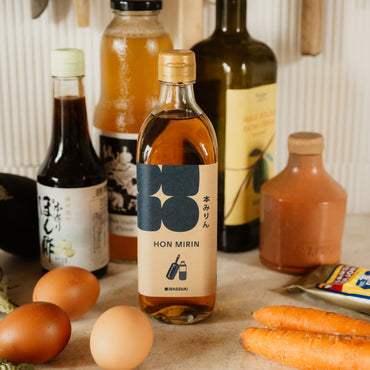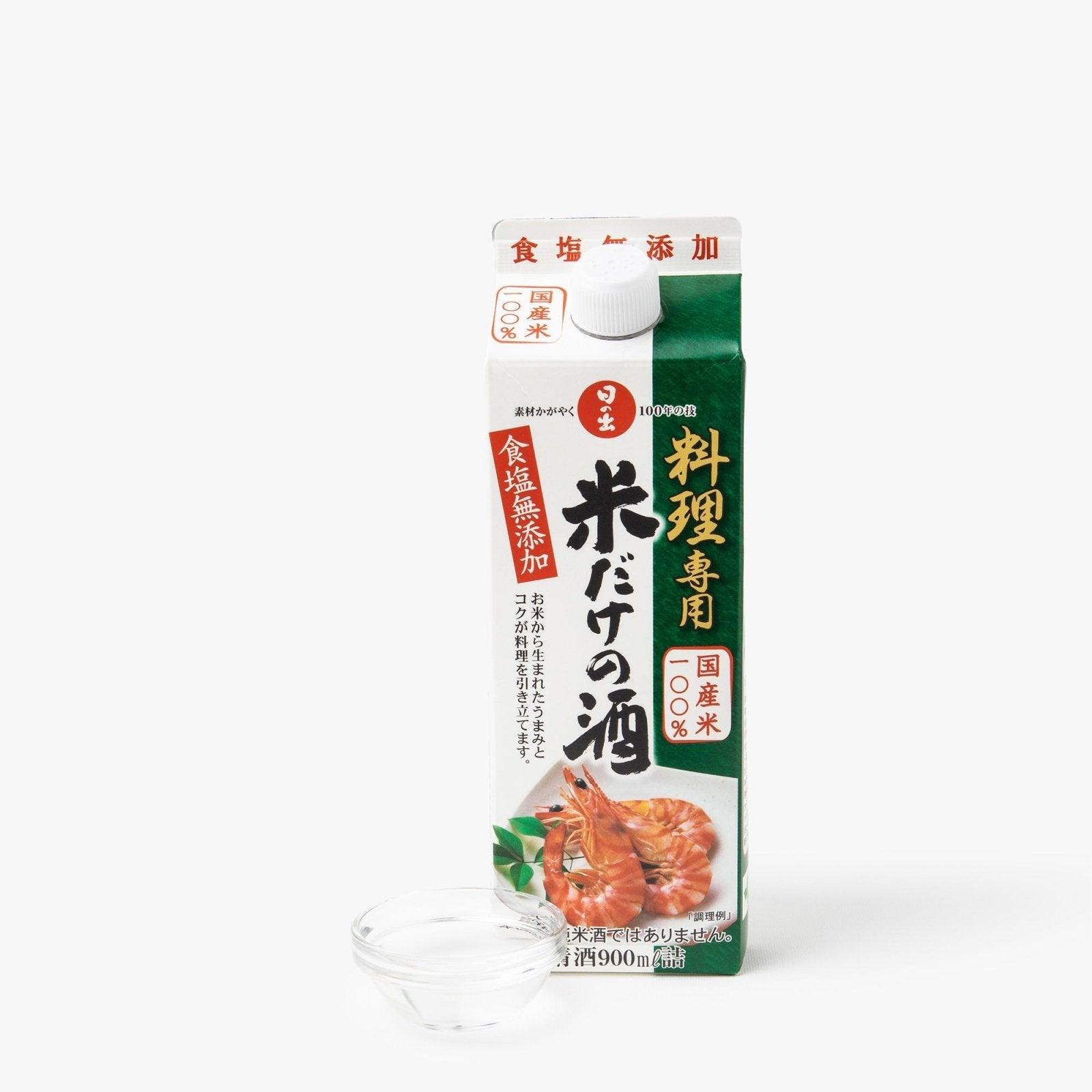Find out more about mirin and cooking sake
What's the difference between mirin and cooking sake?
Both mirin and cooking sake are staple ingredients in Japanese cuisine, but they differ in composition and use. Mirin is a sweet rice wine, often used to add a sweet, bright touch to dishes, while cooking sake, less sweet and more alcoholic, is used to deglaze, tenderize meats and add depth to sauces.
What are mirin and sake used for in Japanese cooking?
Mirin is often used to sweeten and brighten sauces such as teriyaki, or to season dishes such as sukiyaki. Cooking sake, meanwhile, is used to marinate meats, neutralize fish odors, and add a subtle umami flavor to a variety of dishes.
Is it possible to replace mirin or cooking sake with another ingredient?
Yes, it is possible to replace mirin or cooking sake with other ingredients. For example, to replace mirin, you can use sweet white wine mixed with a little sugar. Cooking sake can be replaced by dry white wine, although the flavor is not exactly the same.
What is mirin?
Mirin is a slightly sweet Japanese rice-based condiment with a low alcohol content. It is used to bring sweetness and brightness to many dishes.
What are the different types of mirin?
There are three main types of mirin: hon mirin (true mirin), which contains around 14% alcohol; mirin-fu chomiryo (mirin style), which has a low alcohol content; and shio mirin (salted mirin), which contains salt and is used to circumvent alcohol laws.
How to choose a good mirin?
To choose a good mirin, opt for hon mirin, made from natural ingredients without additives. It should have a golden color, a slightly syrupy texture, and a balanced flavor between sweet and umami.
What is cooking sake?
Cooking sake is a variant of sake specifically designed for cooking. It has a slightly lower alcohol content than drinking sake and is often less refined.
What's the difference between cooking sake and drinking sake?
Cooking sake is often less expensive and sometimes contains salt or other additives to prevent it from being drunk. Drinking sake, on the other hand, is purer, more refined and intended to be enjoyed as a beverage.
Can I use cooking sake to make cocktails?
It is not recommended to use cooking sake for cocktails, due to its inferior quality and less refined flavor. For cocktails, opt instead for a higher-quality drinking sake.
What foods does mirin go well with?
Mirin goes well with foods such as fish, vegetables and grilled meats. It is particularly used in dishes such as teriyaki, nimono (simmered dishes), and sukiyaki.
How to use cooking sake in a marinade?
Cooking sake is ideal for marinating meats, as it helps tenderize fibers while adding subtle flavor. For a simple marinade, mix sake with soy sauce, garlic and ginger.
What's the difference in taste between a dish cooked with mirin and one cooked with cooking sake?
A dish cooked with mirin will have a milder, slightly sweeter flavor, with a nice brightness, while a dish cooked with cooking sake will have a more neutral, drier flavor, with a slight touch of umami.
How to store mirin and cooking sake?
Mirin and cooking sake should be stored in a cool, dark place, away from direct light. Once opened, they should be kept refrigerated to preserve their flavor.



































